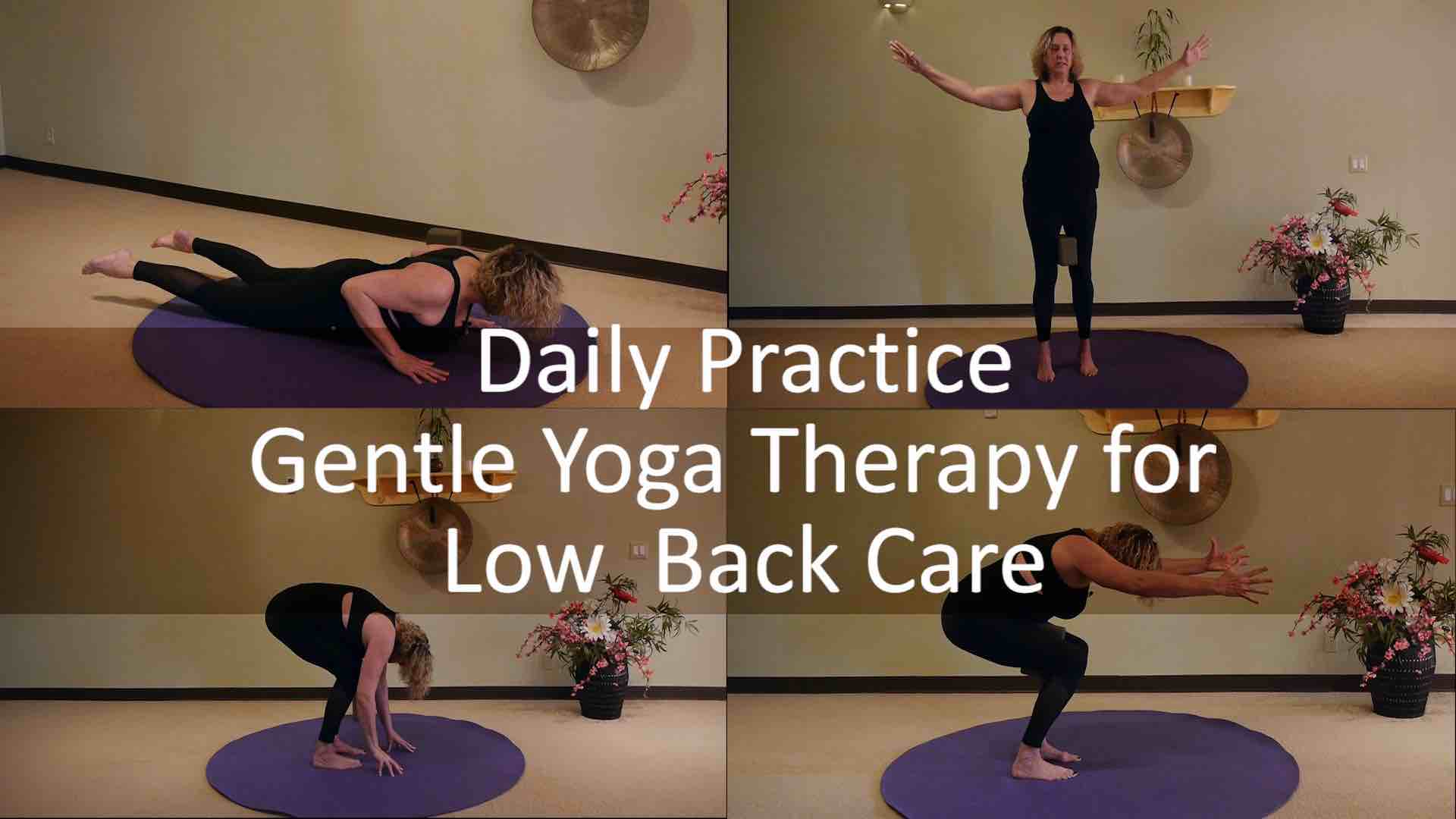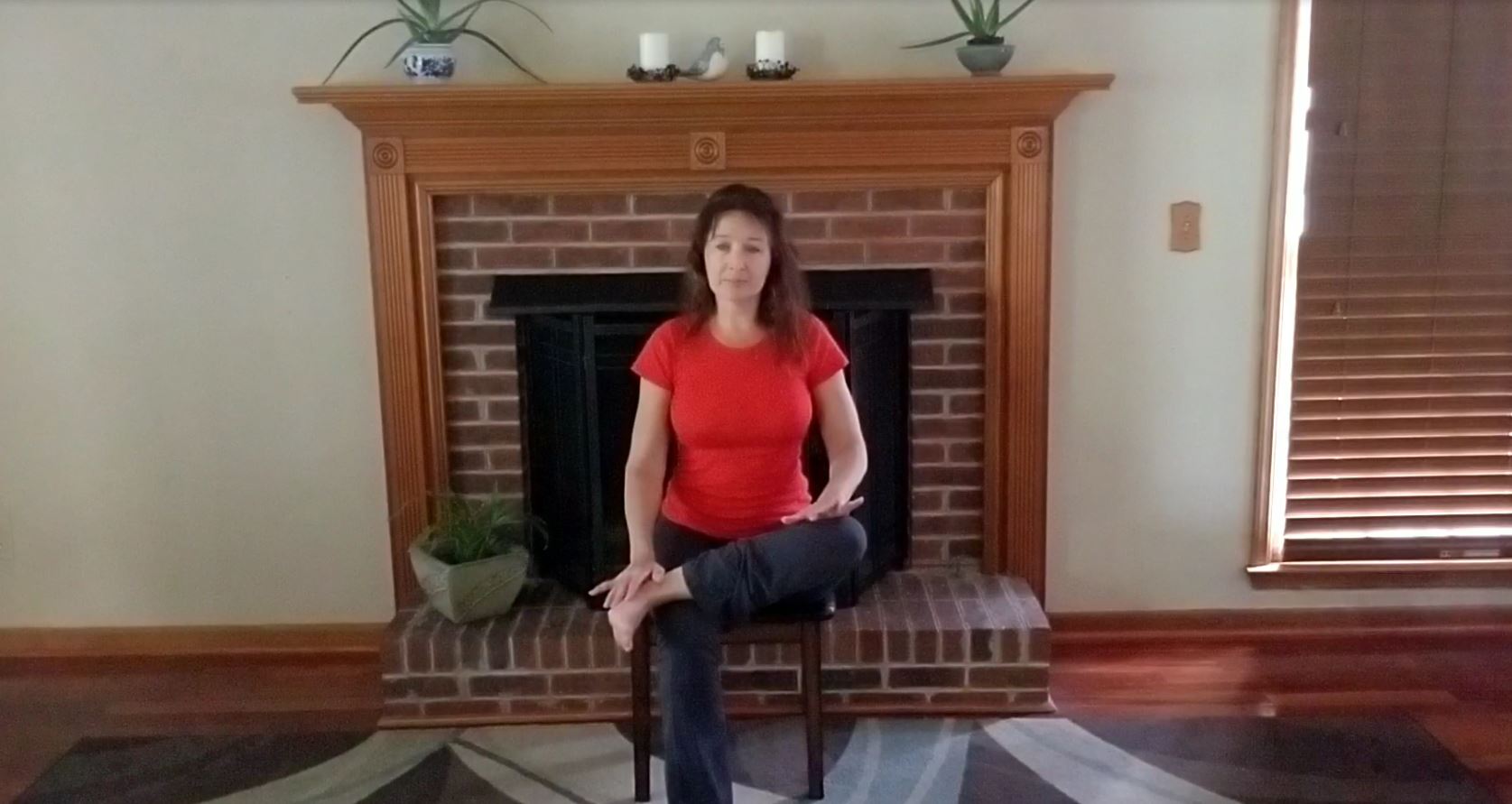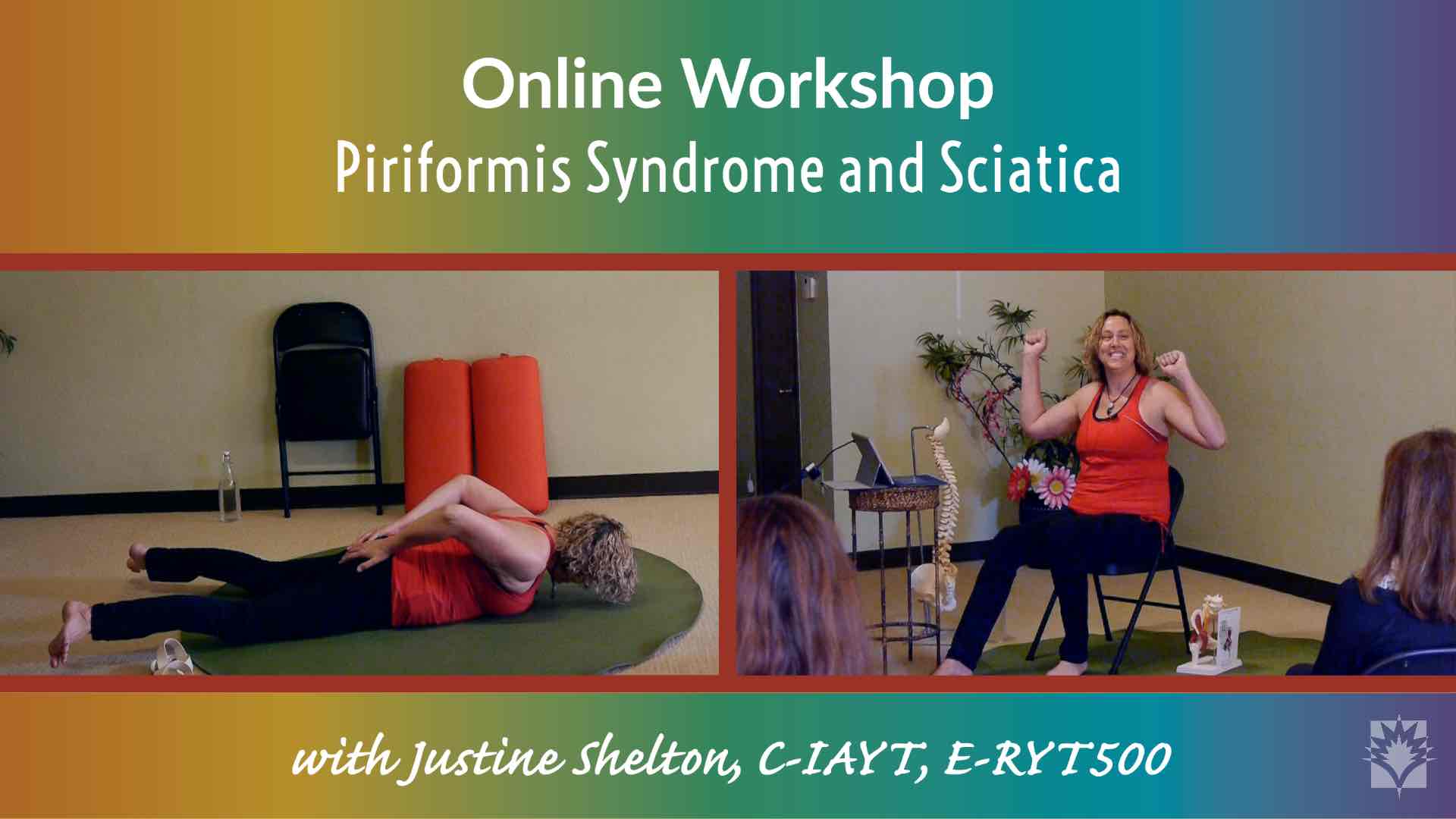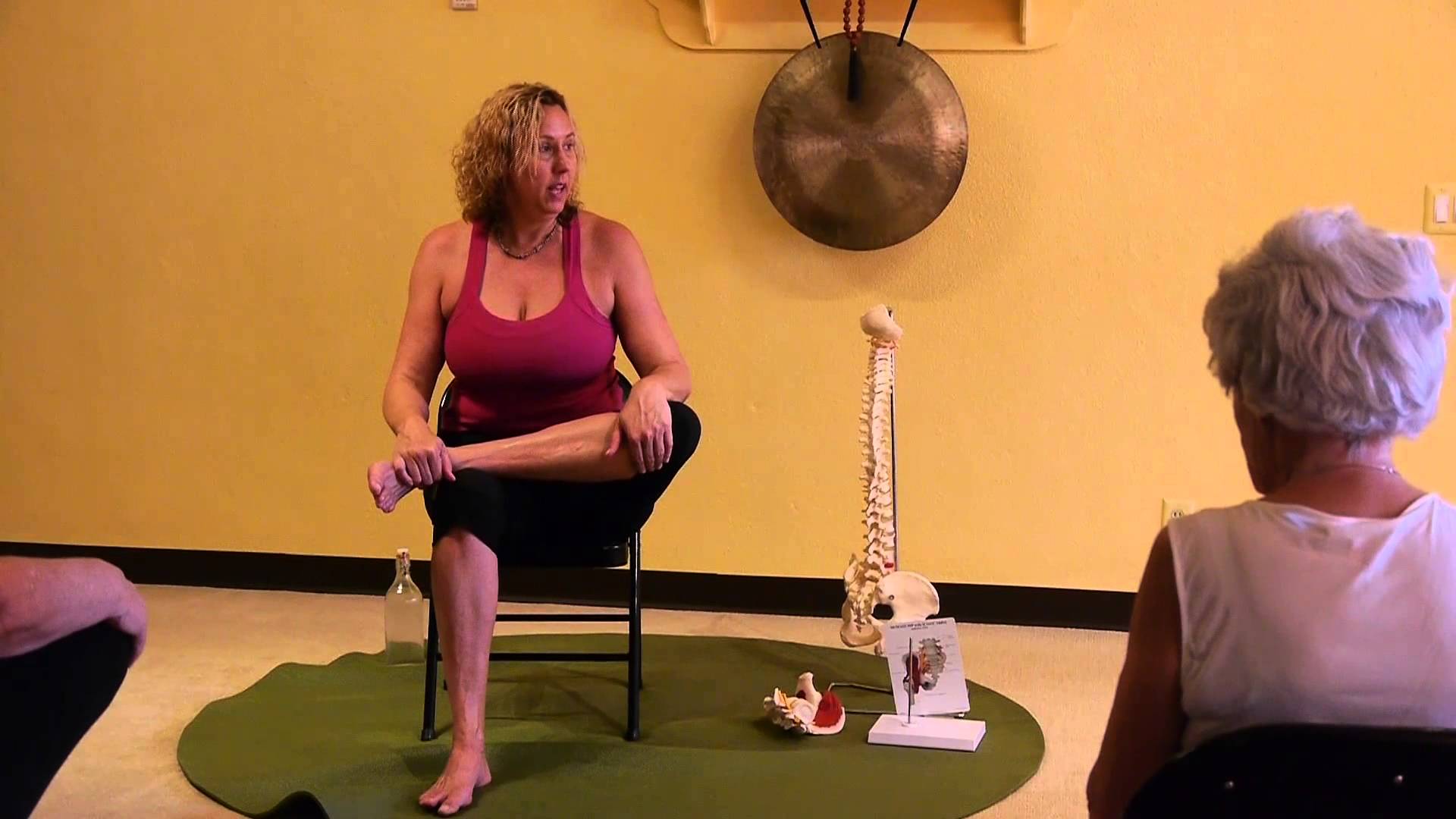
Teaching Yoga is great fun, but it can overwork our bodies. When I moved to Hawaii, I really noticed how more ‘rest’ days of not teaching allowed my body to heal at a much deeper level. When I started gardening, I noticed my body getting irritated again, so I started doing practices to ameliorate that! Surprisingly, I am getting stronger in ways I haven’t been before due to all the new and strange bending that planting entails.
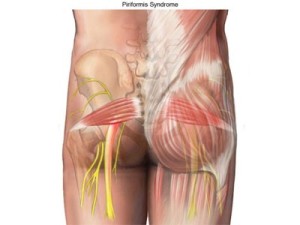 The pain in the butt called “Piriformis Syndrome”
The pain in the butt called “Piriformis Syndrome”
What is happening in your Piriformis Muscle to cause this discomfort? For one reason or another, the muscle has become super tight. This causes it to compress the sciatic nerve’s passage through the sciatic notch adjacent to the Piriformis. As a result, there may be inflammation, so you’ll want to be very careful in how you work toward stretching it. Most importantly, I suggest staying at “barely feeling a stretch” and breathing into it. You want to “knock softly,” so to speak, rather than “ring the doorbell” to get it to open.
First bring circulation to the area and then stretch very gently!
Whether you have Piriformis Syndrome or not, it’s very important to bring circulation to the area before stretching. This makes the muscles more amenable to releasing. Bridge Pose is great for getting circulation into and around the Piriformis. Similarly, prone backbends like Locust Pose and Half Locust Pose will also increase circulation in the area. Once you’ve increased circulation, start to offer a gentle stretch for the Piriformis by drawing one knee to the chest at a time. Draw the knee in upon exhaling, and move the knee away upon inhaling. You can do 6 repetitions on each side. After that, hold the knee in for 6-8 breaths. You may feel a difference between each side. Lastly, you can draw both knees in for a symmetrical stretch. This is how I start my day, before even getting out of bed!
Yoga poses to release the Piriformis
The variation of Reclining Hand-to-Big-Toe Pose, supta padangusthasana, in which you take the leg across the body, targets the IT band. As you take the leg further across the midline of the body, the Piriformis receives a stretch as well. In addition, if overstretched inner thigh muscles (adductors) are contributors to your tight Piriformis, this pose can take pressure off the muscle’s need to stabilize things. All of these glorious muscles live in the same “neighborhood,” each one affecting the other. Therefore, a positive change for one is good news for the whole neighborhood!
Another great option for relieving Piriformis Syndrome and boosting circulation around the hips and low back is a variation of Reclining Bound Angle Pose, supta baddha konasana. Start by lying on your back with knees bent and feet on the floor. Then, slowly open your knees as you exhale, and stay in that position as you inhale. After that, slowly close your knees as you exhale, and stay in that position as you inhale. Repeat 3 times in each direction.
Stretches for the Piriformis to relieve hips and low back pain with Justine Shelton, C-IAYT
This video shows a good way to stretch the piriformis from two angles, addressing both the internal and external rotational action of the muscle.
Gentle Yoga for Healthy Knees and Hips sequences with Justine Shelton addresses one of the most common back complaints – sciatic pain. Try these 2 gentle yoga versions of “Pigeon Pose” to stretch the piriformis muscle. Great to do each day to alleviate tightening of the lower back and relieve tension from hip to foot.
Other Holistic Practices

In addition to the kinds of gentle, breath-centered Yoga movements mentioned above, I’ve found great benefit from incorporating turmeric into my diet. Turmeric is great for reducing inflammation and increasing circulation. However, it is NOT for people who take blood thinners. Run it by your doctor and see if they agree that it would be helpful to relieve Piriformis Syndrome or any other condition you may have.
Lastly, the self-care practice of abhyanga (body oiling), can soothe and hydrate your muscles and joints. If you incorporate self-massage into your wellness routine, pay special attention to the area around the glutes and Piriformis. They will thank you!
Want to learn more about the anatomy behind Sciatica and Piriformis Syndrome? Then watch the related videos below and/or take the online workshop at Yoga Vista Academy.
Aloha,
Justine
To watch a video related to this Topic, click on an image below:
Note: The videos listed are included in all YogaVista.TV subscription plans.
Online Workshops related to this Topic:
Online Workshop: Piriformis Syndrome and Sciatica
Low back pain, leg numbness and inflammation are common symptoms of Sciatica. Unfortunately, it is one of the most prevalent low back conditions found in the 50+ population. If you suffer from Sciatica or are a Yoga teacher interested in learning more about this condition, this Workshop will give you a solid foundation and tools for relief! Certified Viniyoga Therapist, Justine Shelton, discusses the causes and symptoms of Sciatica. She also offers Yoga remedies and movement guidelines for both Chair and Mat Yoga classes.
CREDITS: Author, Justine Shelton, Certified Viniyoga Therapist
Co-Author, Susana Jones, Certified Yoga Therapist
Editor, Maria Perez, Certified Yoga & Group Fitness Instructor

